In the context of modern warfare’s increasing demands for rapid deployment capabilities, a ground effect vehicle that integrates innovative design and cutting-edge technology is attracting global attention.
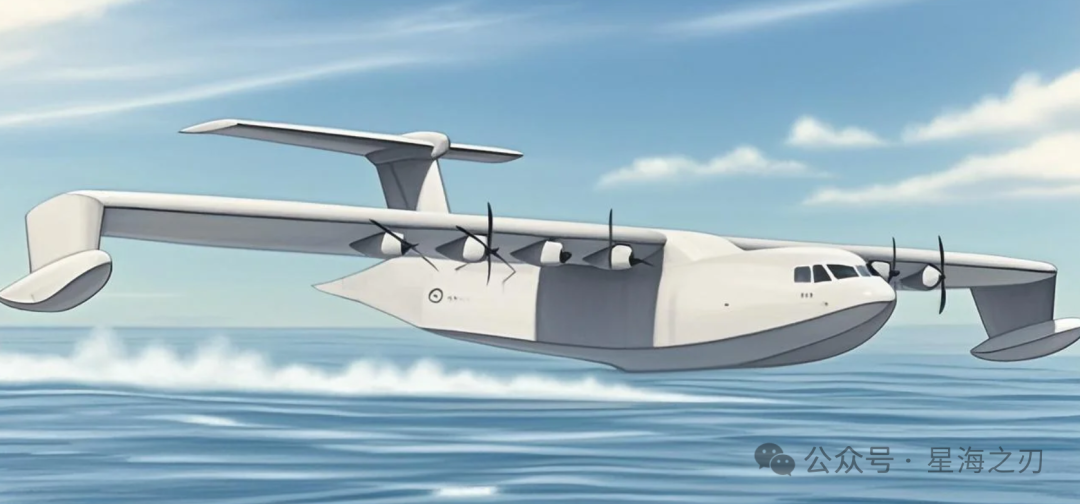
The “LibertyLifter” project, led by the U.S. Defense Advanced Research Projects Agency (DARPA), attempts to construct a new transport platform using ground effect wings (based on the WIG effect principle), thereby providing the military with a long-range delivery solution that does not rely on traditional runways. Can this imaginative R&D plan break through technical bottlenecks and rewrite the rules of future military transport?
The core design concept of the “LibertyLifter” is based on the ground effect wing effect—when the vehicle flies close to the water surface or ground, the high-pressure air cushion formed between the wings and the water surface can generate additional lift, significantly reducing drag and improving efficiency. This characteristic allows ground effect vehicles to have the takeoff and landing capabilities of ships on the water while also possessing the high-speed characteristics of aircraft. Especially in vast water areas, it is particularly suitable for transport missions.
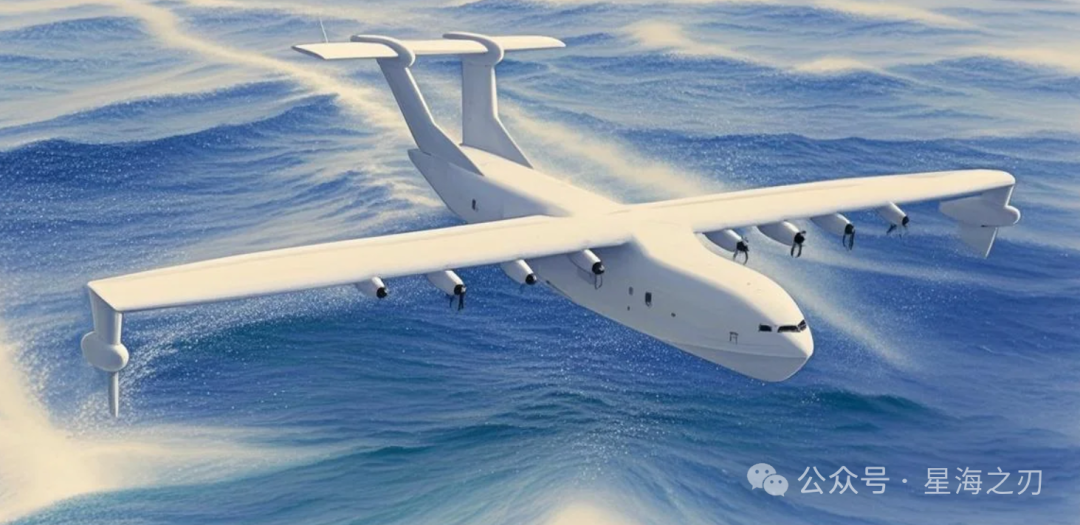
Aurora Flight Sciences, as the main contractor for the project, has revealed a concept design that features a typical flying boat layout: a V-shaped hull, large flat main wings with wingtip floats, eight wing-mounted turboprop engines, and a design that allows for cargo loading and unloading through a rear ramp, meeting the transport needs of light amphibious armored vehicles and other equipment. The current prototype being developed is at 80% of the target model, with an effective payload of about 25 tons, close to the conventional payload level of the C-130 transport aircraft, and a wingspan of 216 feet, planning to use a mature engine model provided by the U.S. government (specific parameters to be disclosed).
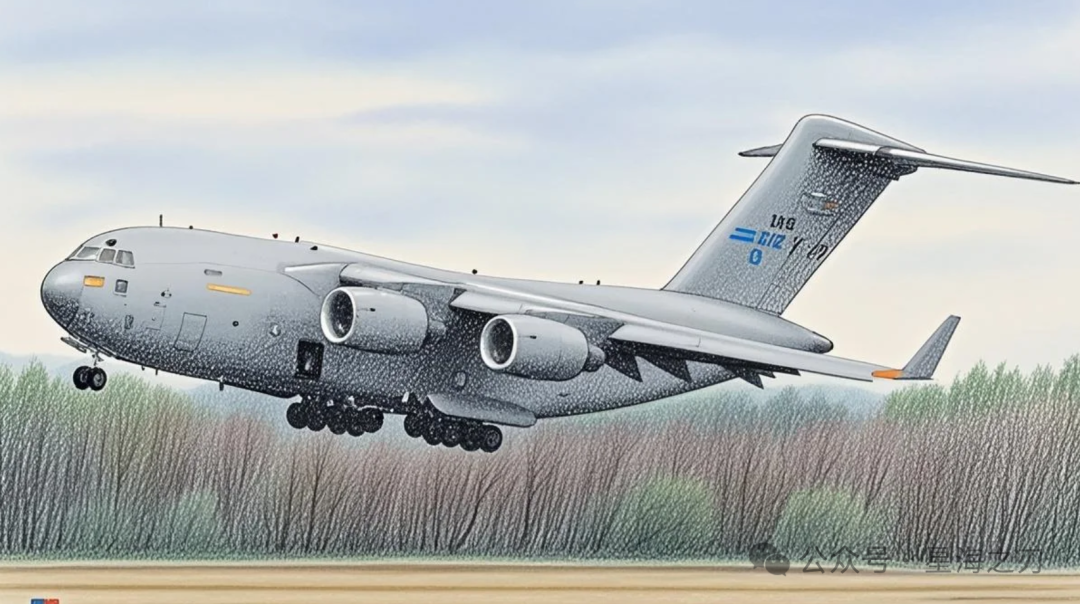
DARPA’s ultimate goal is to create a production model comparable to the C-17A “Globemaster III” (with a maximum payload of 82 tons, typically used around 60 tons), and to ensure it can take off and land in sea state 4 (with wave heights of 35 feet) and operate continuously in sea state 5 (with wave heights of 68 feet). Since it primarily flies in the ground effect zone, hundreds of feet above the water surface, the prototype adopts a non-pressurized cockpit design. However, maintaining stable ground effect flight in complex sea conditions, especially avoiding the risk of wave impacts, has become a core technical challenge for the project. To address this, the design team has introduced a “hybrid mode,” allowing the vehicle to ascend to a conventional altitude of 10,000 feet when necessary, albeit at the cost of some range, thus gaining mission flexibility.
In potential Pacific conflict scenarios, the “LibertyLifter”‘s runway-independent characteristic is particularly important. The U.S. military envisions using its high speed (far exceeding traditional cargo ships) and high adaptability to rapidly deploy troops and supplies to dispersed, remote bases or undeveloped islands, alleviating the traditional air transport dependence on fixed airports and the limitations of maritime transport speed. The low-altitude flight trajectory can also leverage the curvature of the Earth to evade some radar detection, thereby enhancing battlefield survivability.
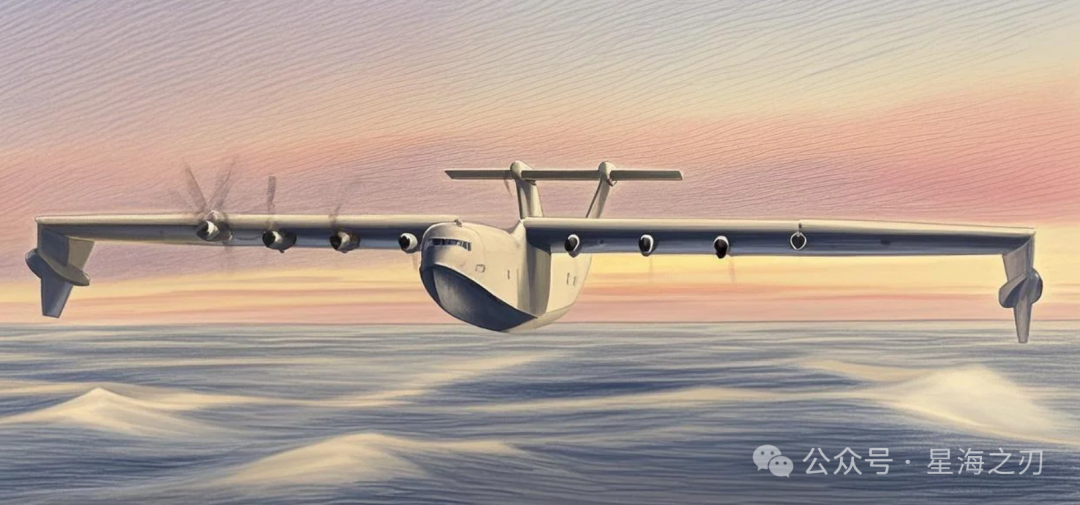
It is noteworthy that the project emphasizes cross-disciplinary manufacturing processes: abandoning the purely aviation manufacturing model, it combines maritime shipbuilding technology, planning to construct in regions with a mature shipbuilding industrial base, utilizing docks for assembly before launching directly into the water. Its prototype will operate entirely from the water surface as a base, completely eliminating the design of land-based landing gear. This concept not only reduces manufacturing costs but also explores the collaborative path between the defense industry and civilian shipbuilding capacity more deeply.
The military application of ground effect vehicles is not a new concept. The Soviet Union developed models such as the “Caspian Sea Monster” in the last century, but due to limitations in control technology and usage scenarios, they were never able to achieve large-scale deployment. This also reflects certain limitations in related technological fields at that time. For more details, see: The Last Flight of the Cold War Iron Wings: How Soviet Superweapons Quietly Ended in the Caspian Sea? (Exciting Video) Today, Russia’s revival attempts have also not made substantial progress.
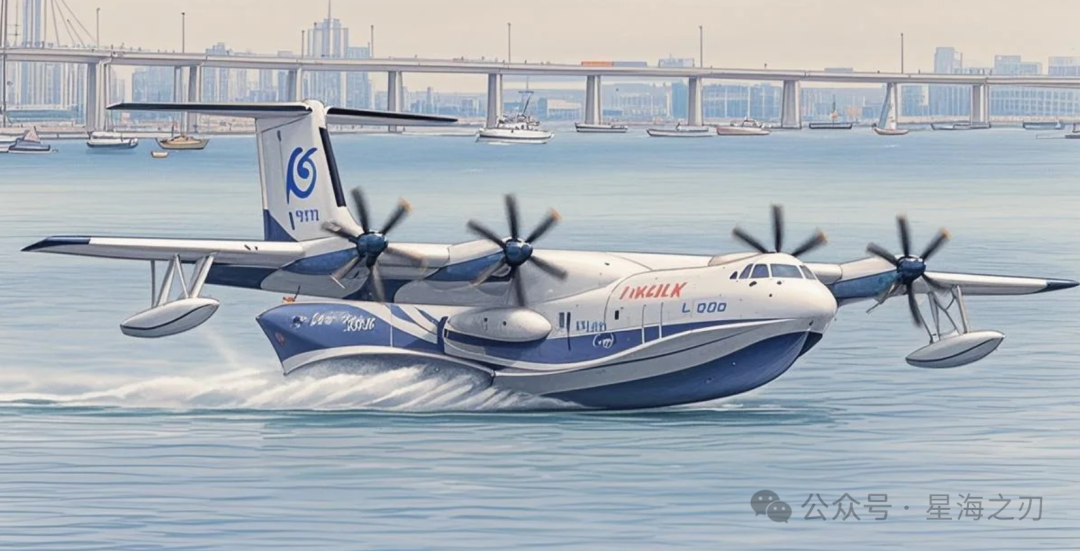
In contrast, China’s independently developed AG600 large amphibious aircraft has already achieved mass production in recent years. It has a maximum takeoff weight of 53.5 tons and amphibious takeoff and landing capabilities, demonstrating clear tactical value in supply missions on South China Sea islands. Japan’s US-2 seaplane, with its excellent wave resistance and superb short takeoff and landing capabilities, has become a key tool for maritime rescue and special transport. For more details, see: Why India Ultimately Abandoned the Purchase of Japan’s Maritime Giant US-2. The U.S. Special Operations Command has also studied the MJ-130 seaplane transport, but that project was canceled.
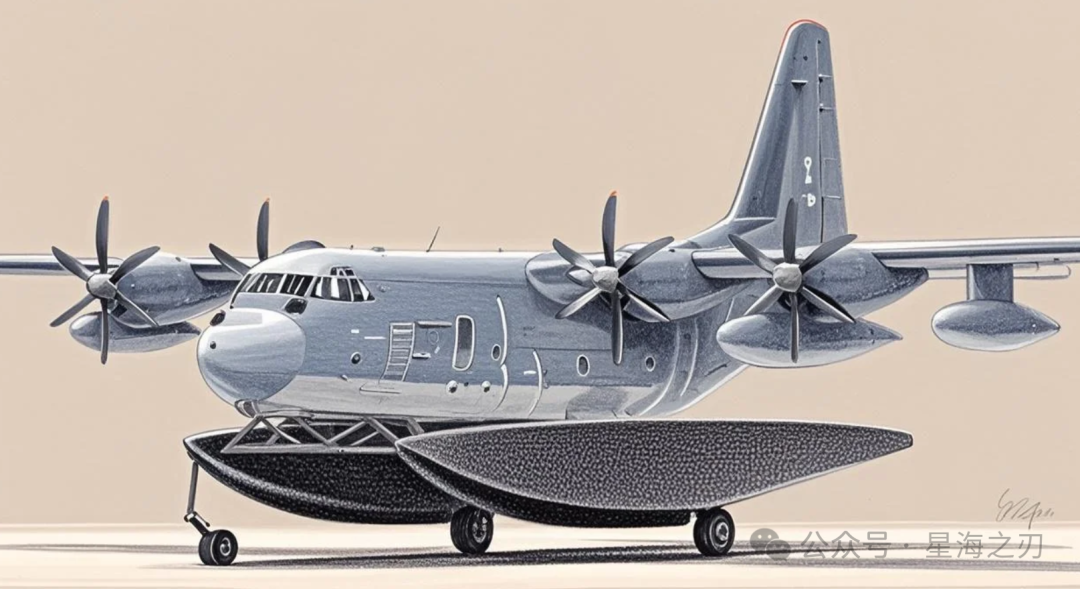
These cases not only validate the strategic value of waterborne aircraft but also highlight the intense international competition faced by the “LibertyLifter.” From these examples, it is evident that the development of related technologies has garnered widespread attention and has had a profound impact on the existing civilian market landscape, making the position of the “LibertyLifter” more complex and challenging.
According to the project schedule, DARPA will determine in the summer of 2025 whether to continue promoting the production of the prototype. If it passes the review smoothly, the first flight is expected between 2028 and 2029, which is a full year later than originally planned.
Aurora has acknowledged that while the concept design has basically determined its form, significant work still needs to be invested in detail optimization and system integration. Historical experience shows that DARPA’s X-Plane project success rate is not 100%, and the cancellation of the XV-24 drone project in 2018 serves as a cautionary tale. However, the “LibertyLifter” represents not only the development of a piece of equipment but also the U.S. military’s exploration of emerging operational concepts such as “distributed maritime operations” and “expeditionary forward bases.” If it can overcome the control challenges of ground effect flight and achieve cost control, it is expected to become a new delivery hub connecting “sea” and “air,” providing revolutionary solutions for future battlefield logistics networks.
In today’s rapidly evolving military technology landscape, every step forward of the “LibertyLifter” resonates with the nerves of the strategic delivery field. Can it bridge the gap between technology and practical combat, transforming from a conceptual design on paper to an “aircraft giant” on the water? Time will tell, and it is undeniable that this technological breakthrough in ground effect vehicles has already written a significant chapter for the future of military transport.
References: 1.U.S. Defense Advanced Research Projects Agency (DARPA). Official introduction to the “LibertyLifter” project.
2.China Aviation Industry Corporation. Technical parameters and application scenarios of the AG600 large amphibious aircraft.#Seaplane#Ground Effect VehicleTwice the Payload of the F-35! This Sixth-Generation Fighter Aims to Disrupt Air Combat Rules with “Non-Stop Transatlantic Flight”?Fighting Across the Seas, the HMS Warspite, a Pride of the Royal Navy, Battled in World War I and II (Part 1) (Heavy Content!!)U.S. Navy’s Air Defense Revolution! Patriot PAC-3 MSE May Replace SM-6 to Fill the Last Gap in the Pacific BattlefieldReviewing Several Powerful Cruise Missiles Used by Russian Forces in the Ukraine War